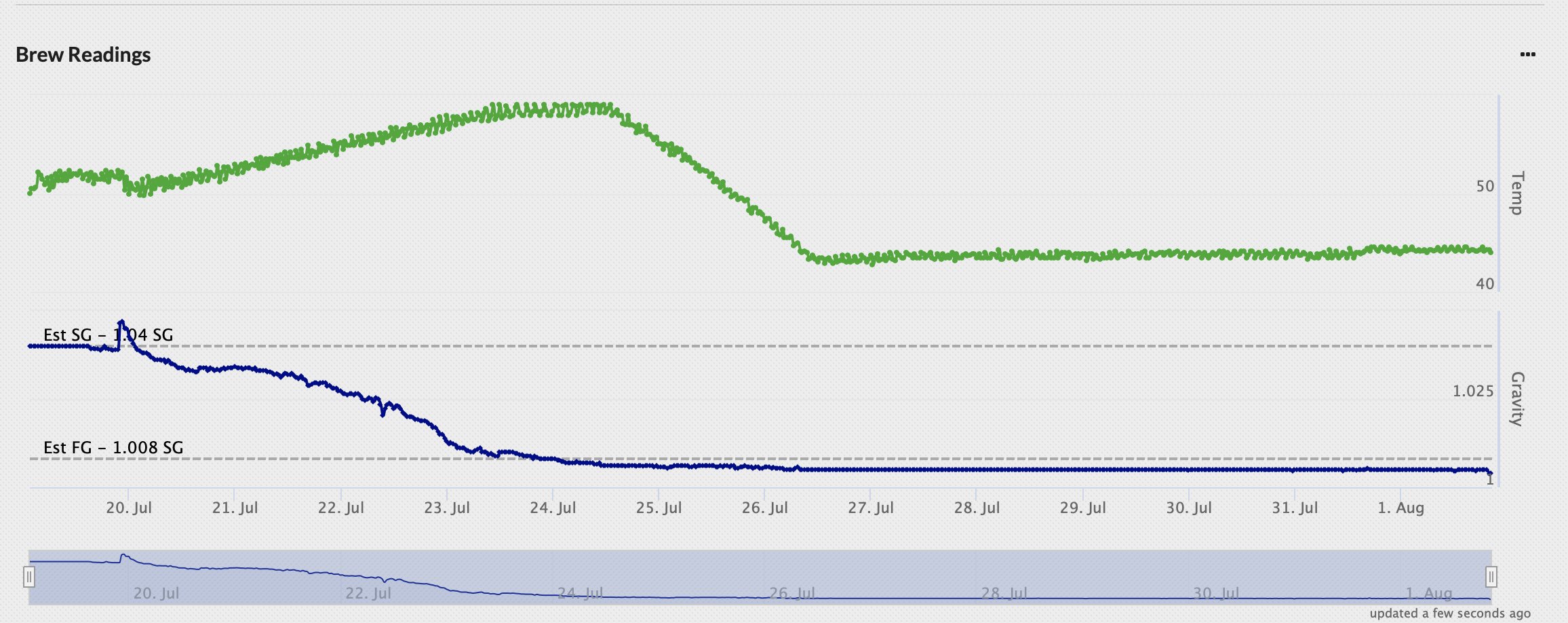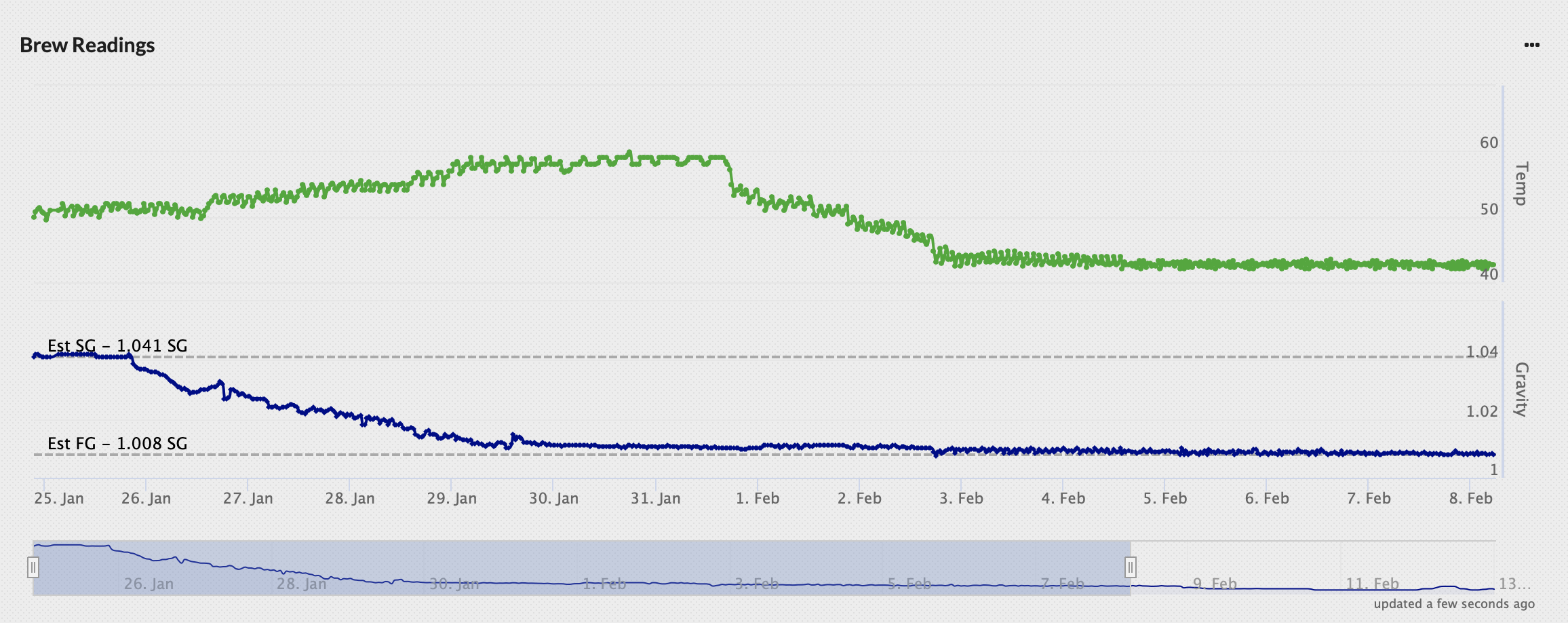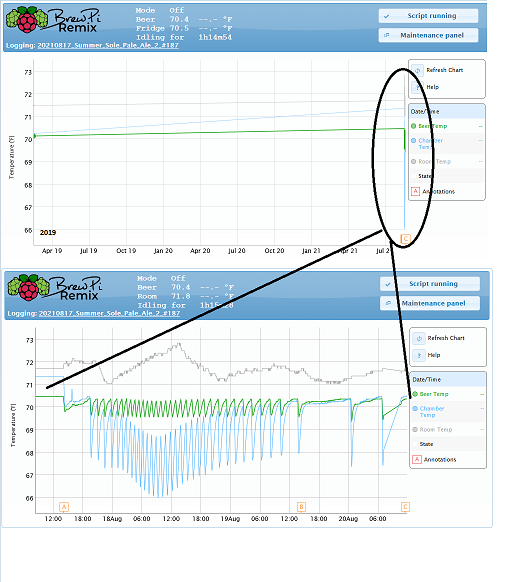What's up dudes!?
So grateful to see you guys still helping people make better beer! Cheers to that
So I built an OG unit Like a decade ago then stopped brewing for awhile got back in, stopped again, got back in... And you guys Lee, Day, Fuzzy and crew have helped me out SO many times. So thank you for all, for all you do!
I went to start the Ole brewpi up this time and ended up with a fresh start and a brand new image. Everything installed and loaded up great, I set the brewpi to 45* and it worked beautiful for a helles I brewed the next day.
But when I woke up the next day I couldn't reach the brewpi by its IP or @brewpi.local. I hooked up the crash cart and can see it is switching very quickly from associated to disconnected from our wifi. So I believe the issue lies somewhere in the wifi.
What is the best way to troubleshoot this and regain control of my lager that needs to come up in temp very so?
So grateful to see you guys still helping people make better beer! Cheers to that
So I built an OG unit Like a decade ago then stopped brewing for awhile got back in, stopped again, got back in... And you guys Lee, Day, Fuzzy and crew have helped me out SO many times. So thank you for all, for all you do!
I went to start the Ole brewpi up this time and ended up with a fresh start and a brand new image. Everything installed and loaded up great, I set the brewpi to 45* and it worked beautiful for a helles I brewed the next day.
But when I woke up the next day I couldn't reach the brewpi by its IP or @brewpi.local. I hooked up the crash cart and can see it is switching very quickly from associated to disconnected from our wifi. So I believe the issue lies somewhere in the wifi.
What is the best way to troubleshoot this and regain control of my lager that needs to come up in temp very so?























































![Craft A Brew - Safale BE-256 Yeast - Fermentis - Belgian Ale Dry Yeast - For Belgian & Strong Ales - Ingredients for Home Brewing - Beer Making Supplies - [3 Pack]](https://m.media-amazon.com/images/I/51bcKEwQmWL._SL500_.jpg)








